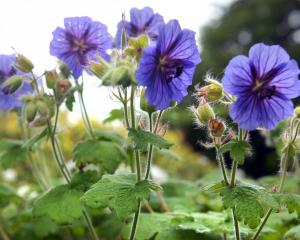
Whether it’s a cup of freshly brewed barista-made coffee or a cheeky instant, the fact is all coffee is made from the humble coffee bean.

The most common coffee plant used in the making of coffee is the Coffea arabica, which accounts for more than 70% of the world’s production.
This species is an evergreen shrub that typically takes about three to four years to produce its first beans when grown from seed. When the shrubs reach maturity, they produce delicate white flowers that are highly fragrant, similar to jasmine.
The flowers develop into fleshy oval-shaped fruits or berries. As the berries mature, they pass through a number of recognised growth stages where the sweetness of the flesh increases also.
Starting off as green berries they will turn yellow, and then later when the berries become a vibrant crimson colour, they are ready for harvesting.
Each berry contains two coffee beans. It takes up to eight months for the fruit and beans to fully ripen.
In the Winter Garden, our small coffee plant is bearing many berries that are ripening and turning crimson. They make a delightfully bright contrast to the lavish greenness of the glasshouse, making it a highly decorative plant.
Although the beans within are not destined for the next cup of coffee, the berries are a feast for the eyes for visitors to enjoy during the winter.
• Garden Life is produced by the Dunedin Botanic Garden. For further information contact Ben Xie.










